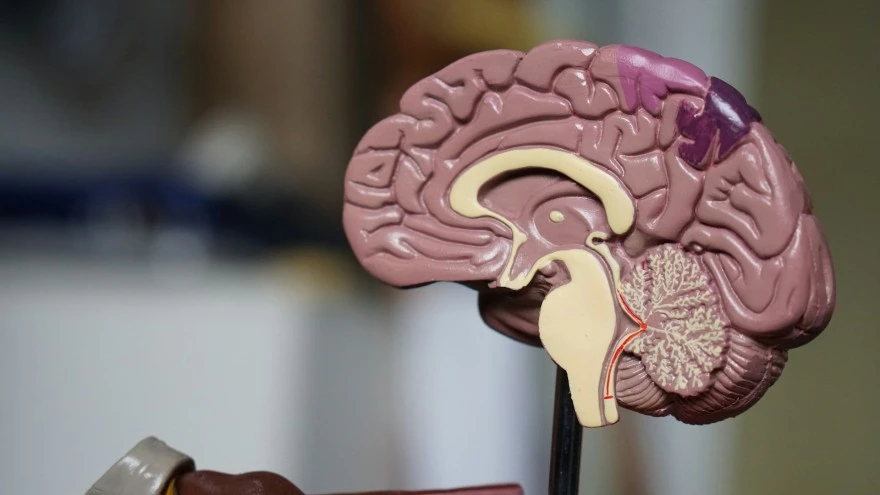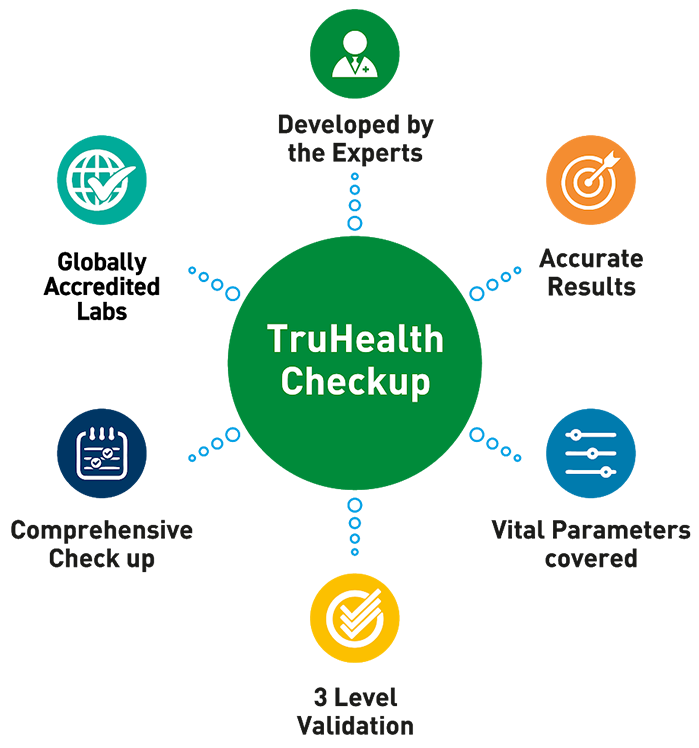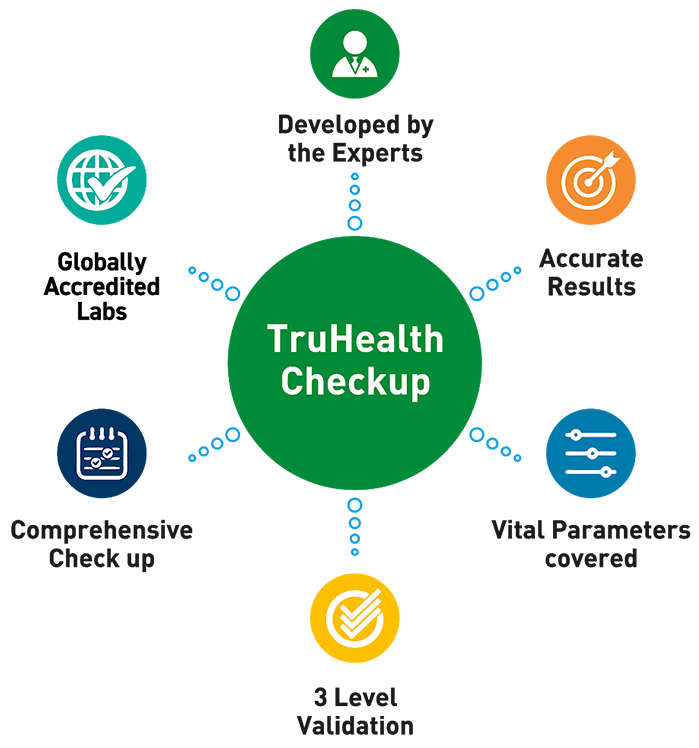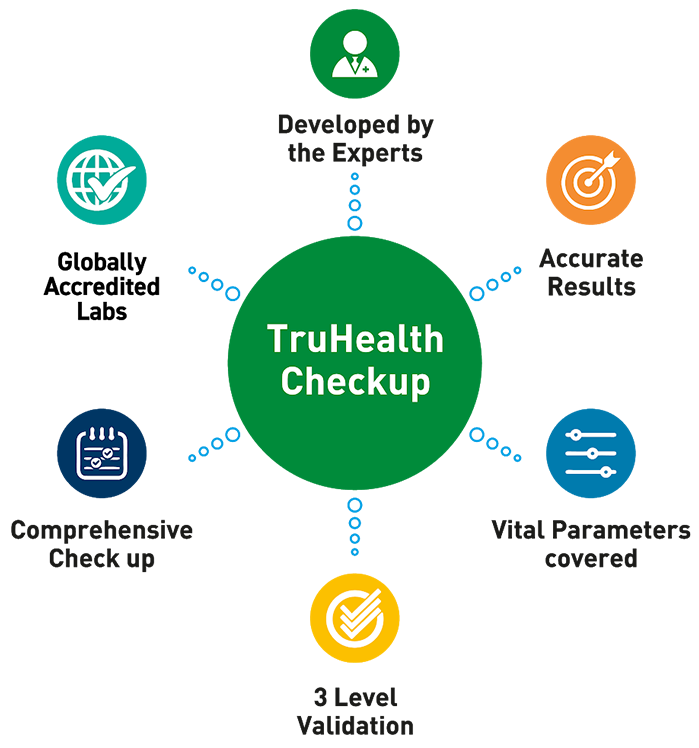Lifestyle
What Is a Food Intolerance Test and When Should You Get One?

Table of Contents
Some foods can make us feel unwell, even if they are generally healthy. They can trigger food sensitivity symptoms, such as digestive and skin issues, headaches, or joint pains. Figuring out which foods are causing these reactions can sometimes be extremely tricky. Many times, the reactions don’t become apparent until hours after eating the food. A food intolerance test helps to identify specific foods that may be causing adverse reactions in your body.
What is Food Intolerance?
Food intolerance is a condition that causes the immune system to react adversely to usually harmless foods and attack them as if they were harmful bacteria, viruses, or other infectious agents. This immune response can vary from mild to intense abdominal pain. It can even lead to a life-threatening condition known as anaphylactic shock.
Food intolerance is more commonly seen in children and affects over 5 percent of kids all across the world. Several kids outgrow their allergies once they get older. Some of the common foods that are responsible for food intolerance in most people include:
- Milk
- Soy
- Eggs
- Wheat
- Shellfish
- Peanuts
- Nuts, such as walnuts, almonds, cashews, and pecans
In fact, for a few people, even a tiny amount of intolerant foods can result in life-threatening symptoms.
What is Food Intolerance Test Used For?
Food intolerance testing is used to detect if your child or you are allergic to a particular food. It is also used to understand whether you are truly allergic to a food or just sensitive to it. Food intolerance is a reaction of the immune system affecting our organs. It can lead to serious health consequences. It gives rise to symptoms such as nausea, abdominal pain, diarrhoea, and gas.
Some common food sensitivities include:
- Lactose: A variety of sugar is seen in dairy products. It is often confused with milk allergy.
- Gluten: A protein available in barley, wheat, and a few other grains.
- MSG: A type of additive used in some foods.
Why Should I Get a Food Intolerance Test?
You may require a food intolerance test on the NHS if you experience any symptoms associated with the condition or if you have some risk factors. Risk factors for developing food intolerance include:
- Family history of food intolerance or allergies
- Any other food allergies
- Other allergies, such as eczema or hay fever
- Asthma
The symptoms of food intolerance often affect different parts of our bodies. Some of the common body parts that experience symptoms of food allergies include:
- Skin: The skin is usually the organ where we can notice the first signs of an allergic reaction. The symptoms of food allergies we can see on the skin include itching, hives, redness, and tingling. In babies, the very first symptom of food intolerance appears in the form of a rash.
- Respiratory system: Some food allergies also affect our respiratory system, including our nose, throat, and lungs. The common symptoms associated with food intolerance include coughing, trouble breathing, wheezing, chest tightness, and nasal congestion.
- Digestive system: Some food intolerances also affect our digestive system. Common symptoms include itching or swelling of the tongue, abdominal pain, and a metallic taste in the mouth.
Some cases of food intolerance may also lead to severe anaphylactic shock that affects the entire body. The symptoms of anaphylactic shock include:
- Fast pulse
- Rapid swelling of the lips, throat, or tongue
- Trouble breathing and tightening of airways
- Pale skin
- Dizziness
- Feeling faint
Symptoms can occur just a few seconds after exposure to the allergic substance as well. Without receiving appropriate medical attention, the condition can prove to be fatal as well. A food intolerance test helps you detect such allergies before they get too serious or dangerous.
What Happens During Food allergy Testing?
The food intolerance test starts with the allergist performing your physical exam and talking to you about your symptoms. He/she will then pick one or more of these tests to reach your diagnosis.
- Oral Challenge Test: This test involves ingesting small amounts of the food that is suspected of causing your allergy. It may also be given in the form of capsules or via an injection. Once ingested, you will be closely monitored for any signs of an allergic reaction. In the event of a reaction, the allergist would administer immediate treatment.
- Elimination diet: This test is used to discover exactly which foods are causing the allergy. The doctor will advise you to start by eliminating all suspected foods from your diet. You will gradually add foods back into your diet one by one, and monitor yourself for allergic reactions. However, an elimination diet is not suitable for someone with a risk of severe allergic reactions.
- Skin Prick Test: This test is performed by placing a small amount of the food item directly on the skin of your back or forearm. The skin is then pricked with a needle to allow a small amount of food to enter. If your skin develops a red and itchy bump near that site, it means you are allergic to that food.
- Blood test: Blood tests can also be used to detect food intolerances. The blood is checked for the presence of IgE antibodies. IgE antibodies are formed in our body when our body is exposed to a substance we are allergic to. During the blood test, your healthcare professional will draw your blood sample and provide the result within a few minutes.
Conclusion
The elimination diet is considered the best test for detecting food intolerance. Lab tests, such as IgG antibody tests, ALCAT, and MRT, do not give accurate results. A home food intolerance test should not be used for detecting food allergies, as it can sometimes be dangerous. If you believe you have an intolerance to a particular food, get a food intolerance test done at Metropolis Healthcare. Consult them about the food intolerance test prices in India and get the best deals.






















